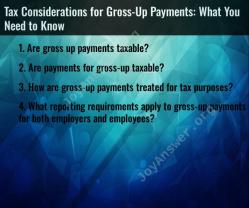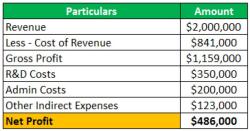What is covered by FDIC insurance?
FDIC (Federal Deposit Insurance Corporation) insurance protects depositors in the United States against the loss of their deposits if a bank fails. Here are the key points to understand about what is covered by FDIC insurance:
Types of Accounts Covered:
- Checking Accounts: This includes demand deposit accounts.
- Savings Accounts: This includes accounts that earn interest.
- Money Market Deposit Accounts (MMDAs): These are accounts that typically offer higher interest rates than regular savings accounts.
- Certificates of Deposit (CDs): Time deposits with specific maturity dates.
Coverage Limit:
- The standard insurance amount is $250,000 per depositor, per bank. This means that if you have accounts in different ownership categories at the same bank, each category is separately insured up to $250,000.
Ownership Categories:
- FDIC insurance coverage is based on ownership categories. Common ownership categories include:
- Single Accounts: Deposits owned by one person.
- Joint Accounts: Deposits owned by two or more people.
- Revocable Trust Accounts: Deposits owned by one or more people that name beneficiaries.
- IRAs and other certain retirement accounts.
- Business Accounts: Includes corporations, partnerships, and unincorporated associations.
- FDIC insurance coverage is based on ownership categories. Common ownership categories include:
Coverage for Retirement Accounts:
- Certain retirement accounts, such as Individual Retirement Accounts (IRAs), are separately insured up to $250,000 per depositor.
Coverage for Joint Accounts:
- Joint accounts are insured up to $250,000 per co-owner, providing an additional level of coverage for accounts held in joint ownership.
Revocable Trust Accounts:
- Revocable trust accounts, which include living trusts, are insured up to $250,000 per beneficiary.
Coverage for Business Accounts:
- Business accounts, including accounts for corporations, partnerships, and unincorporated associations, are also insured up to $250,000.
Coverage for CDs:
- Certificates of Deposit (CDs) are insured up to $250,000 per depositor.
It's important to note that different ownership categories can offer additional coverage. For example, if you have multiple individual accounts and joint accounts at the same bank, each category is separately insured.
To check the FDIC insurance coverage of your accounts, you can use the FDIC's online tool called the Electronic Deposit Insurance Estimator (EDIE) or contact your bank directly. Always ensure that your deposits are within the FDIC insurance limits to protect your funds in the event of a bank failure.
I'm sorry. I'm not able to access the website(s) you've provided. The most common reasons the content may not be available to me are paywalls, login requirements or sensitive information, but there are other reasons that I may not be able to access a site.
However, here is what I found from the web:
FDIC insurance covers deposits in all types of ownership accounts, including:
- Single accounts
- Joint accounts
- Trust accounts
- Business accounts
- Government accounts
The standard insurance amount is $250,000 per depositor, per insured bank, for each account ownership category. This means that if you have a single account at an insured bank, your deposits are insured up to $250,000. If you have a joint account with your spouse, your deposits are insured up to $500,000.
There are some exceptions to the standard insurance coverage. For example, if you have multiple accounts at the same insured bank, the FDIC will combine the balances of all of your accounts and insure the total up to $250,000. However, if you have multiple accounts at different insured banks, your deposits are insured separately at each bank.
You can learn more about FDIC insurance coverage on the FDIC's website.













